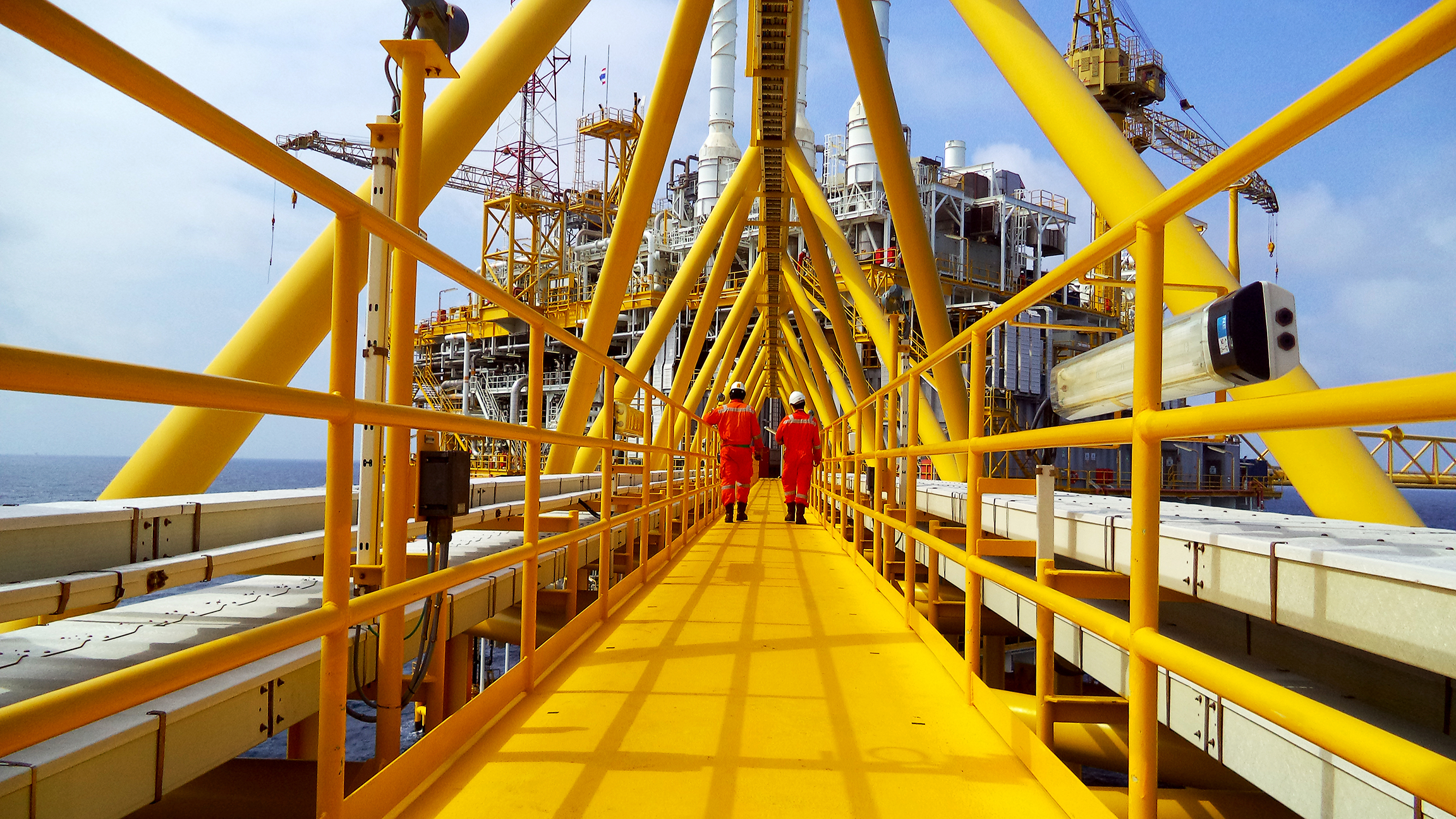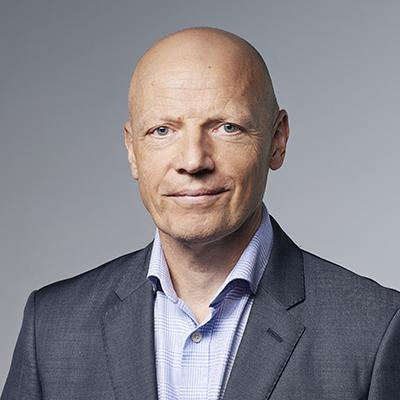Timor CCS hub: A pipe dream for Santos?

Devil’s in the undisclosed detail on plan for carbon dump
Key Takeaways:
Greater transparency is needed about Santos’s proposed Bayu-Undan CCS project, including the costs and quantity of CO2 likely to be sequestered, and whether Santos will need to buy additional carbon credits to offset emissions from its Barossa gas project.
Santos should provide a decommissioning plan for existing infrastructure at Bayu-Undan, including the costs and the timeline.
Santos must demonstrate how it will meet its targets given CCS’s history of underperformance, including at Chevron’s Gorgon project, and provide the cost implications of any underperformance of the Bayu-Undan CCS project.
Investors will require transparency on the liability issues associated with any potential CO2 leaks from the Bayu-Undan CCS project. Australia and Timor-Leste will need to reach an agreement on liability provisions given the project is in Timor-Leste waters.
This analysis is for information and educational purposes only and is not intended to be read as investment advice. Please click here to read our full disclaimer.
16 October 2024 (IEEFA Australia): Santos’s bold plan to turn the depleted Bayu-Undan gas field into a regional carbon dump looks more unrealistic with each passing month, according to a new report from the Institute for Energy Economic and Financial Analysis (IEEFA).
Santos changed tack on Bayu-Undan three years ago, following a federal legislative change on carbon capture and storage (CCS) that promised to breathe new life into the declining Timor Sea gas field, which it had already applied to decommission.
Meanwhile, Santos is yet to release any detail or costings on what would be the world’s largest CCS project, as regulatory, legal, technical and financial obstacles continue to mount, according to IEEFA’s report, Bayu-Undan: A test bed for carbon trading or a distraction?
Santos has identified an opportunity to defer paying hundreds of millions of dollars to decommission the field, which could be postponed for several decades if its CCS ambitions are realised, says the report’s co-author Kevin Morrison, IEEFA Energy Finance Analyst, Australian Gas.
Bayu-Undan CCS is tied to Santos’s Barossa gas project, also in the Timor Sea, and to its pledge for Barossa to have net zero greenhouse gas emissions from day one of operation in 2025.
“This is a bold claim given Barossa will be the most carbon-intensive gas field to supply feedstock to an Australian LNG project, with carbon dioxide (CO2) content of 18%,” Mr Morrison says.
Santos aims to have Bayu-Undan CCS ready in 2028, buying carbon credits in the interim. While its initial intention is to pipe CO2 from the Barossa field to Bayu-Undan, Santos’s wider plan is to make the undersea reservoir a regional hub for waste CO2 from as far afield as South Korea and Japan.
“Santos plans to develop the world’s largest CCS facility, and one of the most complex, with CO2 moving through almost 800km of pipelines and across maritime boundaries,” Mr Morrison says. “The project presents many legal and regulatory risks.”
For Bayu-Undan to be sanctioned next year and open by 2028, the hurdles are significant, including:
- Approvals for an offshore project proposal and environmental impact statement, and the duplication and delays involved in securing relevant approvals in both countries;
- Approvals for the CCS infrastructure, including the floating production, storage and offloading (FSPO) facility and extensive undersea pipelines;
- Permits to build the facility in Timorese waters and permission to ship CO2 across maritime borders from Australia, Timor-Leste and potentially other countries such as Japan and South Korea;
- Agreement on which country can claim carbon credits for the CO2 sent to Bayu-Undan;
- Technological challenges associated with long-range transportation of CO2 and ensuring the site’s geological suitability for long-term storage;
- Agreements on liability for the CO2 once it is piped/shipped and injected into Bayu-Undan, and any pipeline ruptures and reservoir leaks after the operator’s liability lapses; and
- The potential impacts of weather, accidents and natural disasters on the CCS infrastructure.
Total emissions from the Bayu-Undan FPSO and associated Darwin LNG liquefaction plant would be 5.4 million tonnes of CO2 a year, which exceeds forecast LNG production by more than 50%.
“In other words, it would be a CO2 factory with an LNG byproduct,” says the report’s co-author John Robert, a chemical engineer and industrial economist. “This has clear financial implications for Santos given the requirement for it to fully offset all reservoir emissions under Australia’s revised Safeguard Mechanism.”
CCS was hailed as a catch-all for carbon emissions, but IEEFA research has found the technology’s 50-year history plagued by failure, gross underperformance and cost blowouts.
“The legal and technical challenges of transporting and storing CO2 indefinitely are significant, and investors and regulators need detailed information from Santos on how it will deal with these issues,” Mr Morrison says.
“The technical uncertainties reinforce the perception that Bayu-Undan will underperform like other CCS projects. These unknowns create uncertainty about how Santos will meet its emissions obligations under the Safeguard Mechanism, at what additional cost, and how the project will affect Australia’s 2030 emissions reduction targets.”
Read the report: Bayu-Undan: A test bed for carbon trading or a distraction?
Media contact: Amy Leiper [email protected] +61 (0) 414 643 046
Author contacts: Kevin Morrison, [email protected]
About IEEFA: The Institute for Energy Economics and Financial Analysis (IEEFA) examines issues related to energy markets, trends, and policies. The Institute’s mission is to accelerate the transition to a diverse, sustainable and profitable energy economy. (ieefa.org)











